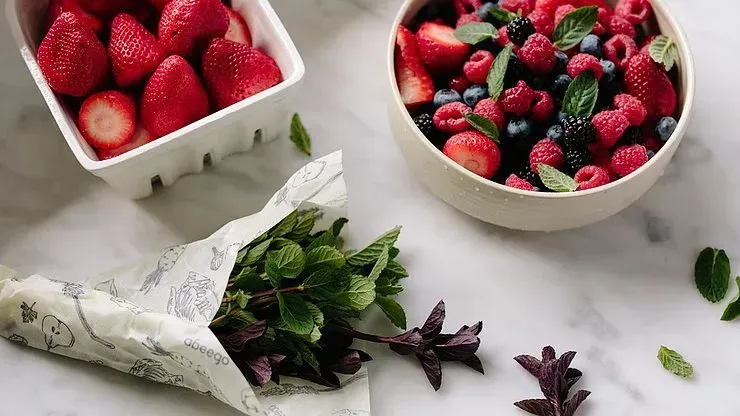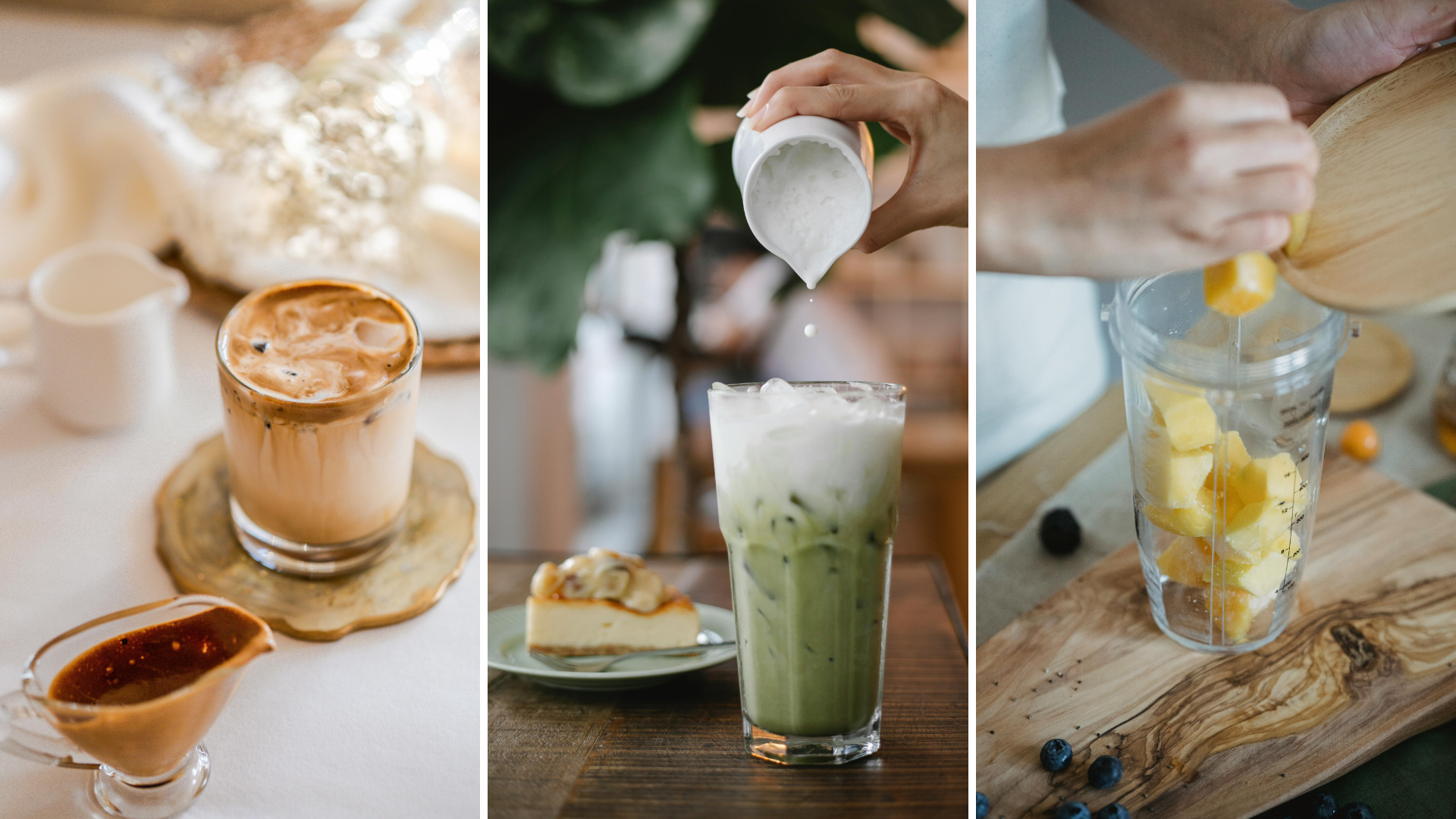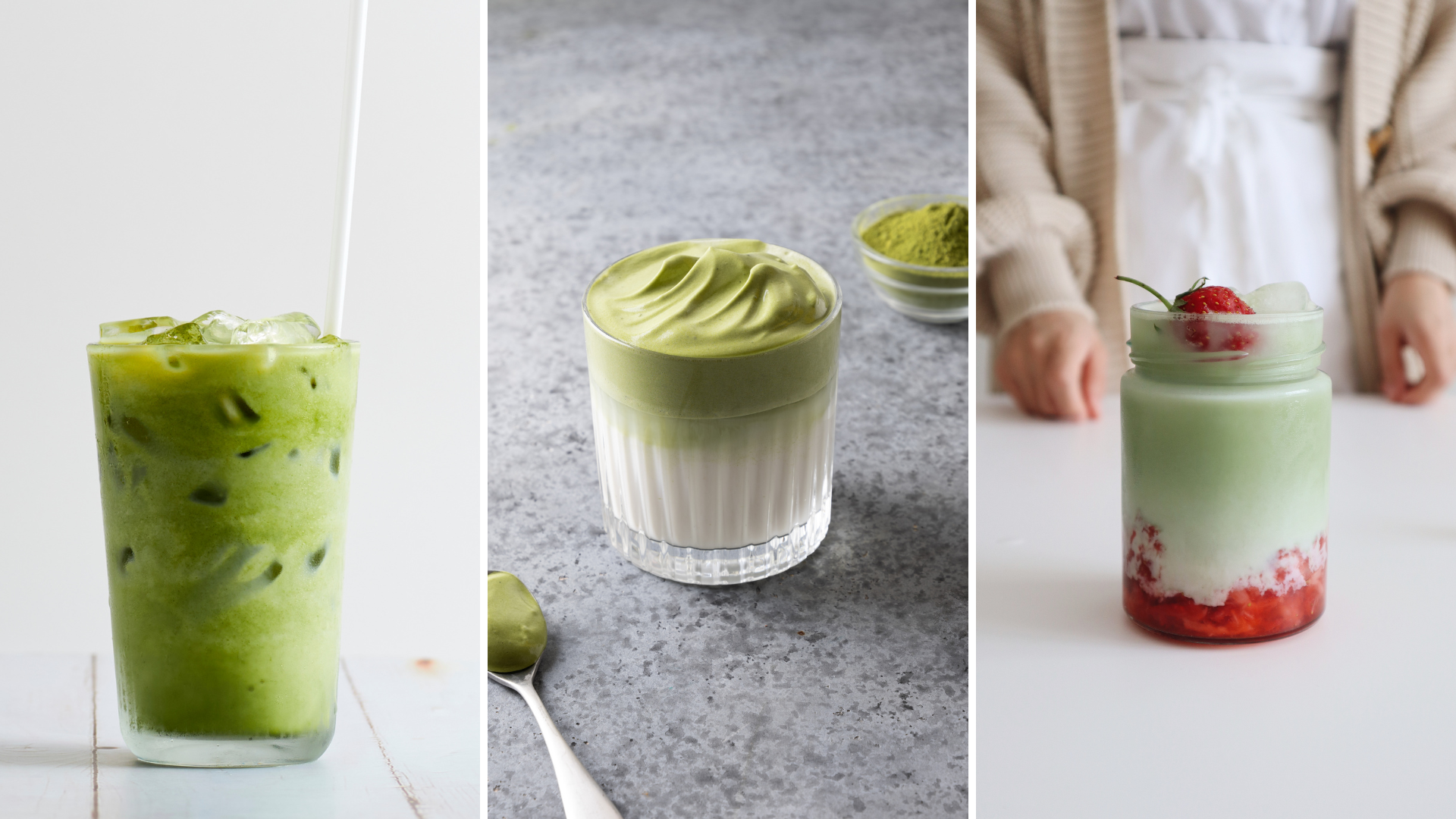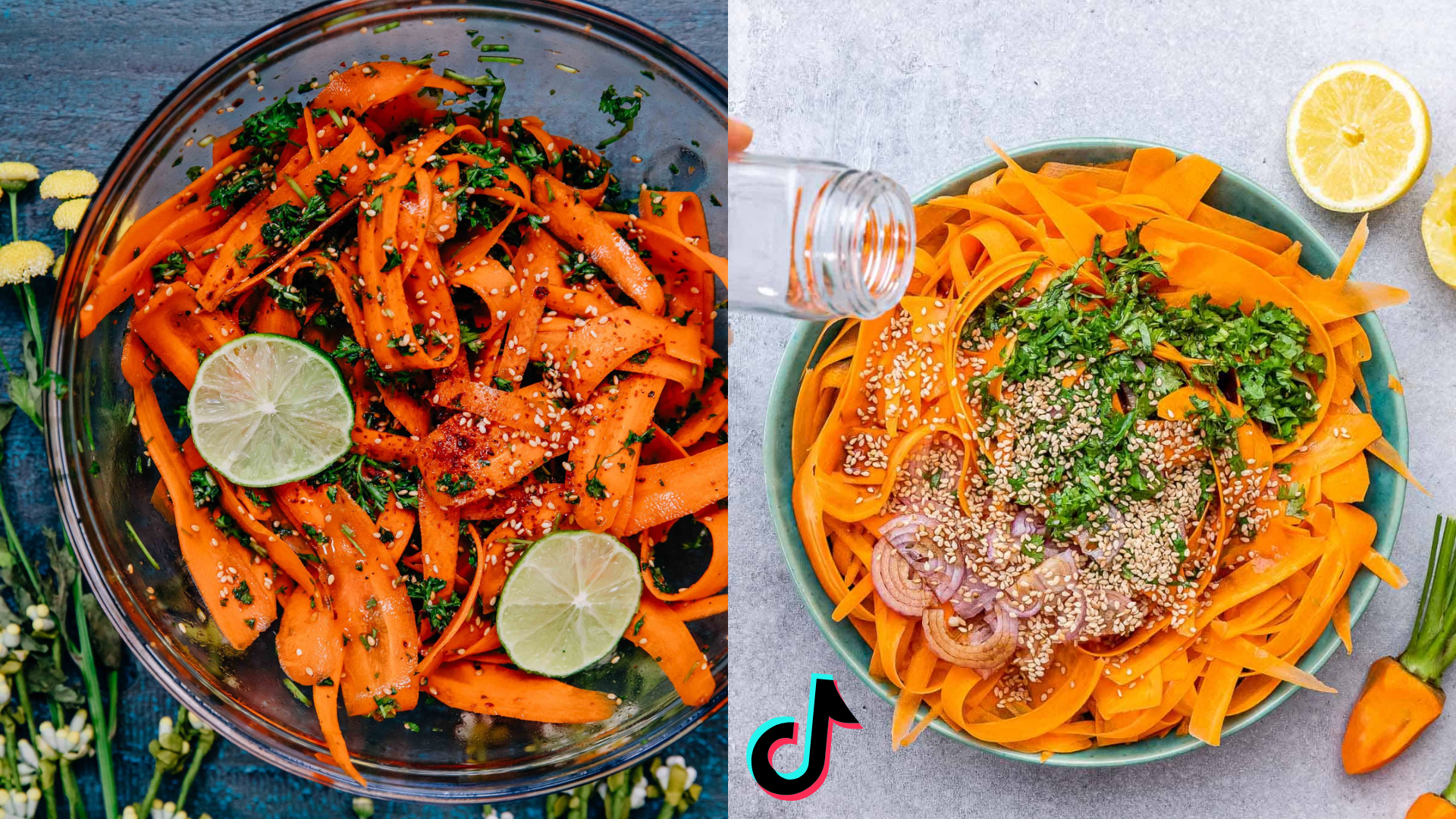3 Ways to Live a More Eco-Friendly Lifestyle
Going waste free has become a movement across the world that has emphasized the traditional reduce, reuse and recycle method. It encourages us to reduce what we need by living minimally, reuse what we can such as glass jars and packaging materials and recycle or compost as much as possible. The purpose of going waste free by reducing, reusing and recycling is not only to minimize landfills, but also for our environment and living conditions for animal life. The idea of reducing waste is intriguing to most, but how many people take into consideration how much waste they actually produce? There are a lot of factors to consider when going waste free, but here are 3 simple transitions that you can make in your life right now.

1. Swap Saran Wrap for Beautiful Beeswax Wraps
Beeswax wraps have become an incredibly durable and safe alternative to saran wrap. Saran wrap is manufactured using many different kinds of plastic, some of which can be very detrimental to our health. Not only are these plastics harmful to our health, but they are also harmful to our environment. They typically end up in landfills or large bodies of water in which they sit for long periods of time and leach chemicals into our earth and water resulting in chemical exposure to humans and animal life. Beeswax wraps are a sustainable and reusable alternative to saran wrap that is much more eco friendly. They are made from minimal and safe ingredients such as beeswax, tree resin, jojoba oil, hemp oil and organic cotton. These wraps are reusable by washing with cold water and can last up to a year. Once they begin to lose their moulding abilities, you can compost them or use them as a fire starter! Beeswax wraps are great for wrapping ½ an avocado, cheese, over bowls or even hard boiled eggs.
2. Sip with Stainless Steel Straws
There have been many studies done on how long it takes for plastic straws to decompose. Unfortunately, most straws end up in the oceans, which is endangering and polluting the marine life. Scientist have stated that if we don’t make more eco friendly choices now, ‘by the year 2050 we will have more plastic in the ocean than fish.’ Instead of accepting plastic straws at fast foods places, restaurants or at a drive through, bring a reusable, stainless steel straw with you.

3. Ditch the plastic water bottles
It has been said so many times, but this time, listen up! Plastic water bottles are rapidly manufactured to meet the high demand of our world but are not always being recycled or reused which places them in landfills and bodies of water. Water bottles also contain many chemicals which in time leach in our earth and water creating a toxic environment for plants and animals. To reduce our waste and harm on the environment, I recommend carrying a reusable mason jar or stainless-steel water bottle with you where ever you go!
Be sure to check out our top 5 faves for “live green” month. You can earn double rewards on stainless-steel straws & beeswax wraps along with more Eco-friendly products!
Unfortunately, the Reduce Waste Movement is not something that is going to be achieved over a weekend, but if everyone makes the effort to implement small changes on a regular basis, this is a huge step in the right direction. At Jo Anne’s Place, we reduce waste by discounting not so “perfect” produce and doing our best to compost remaining spoilage.
We want to hear more about how you are working toward reducing waste. Tag us on social media @joannesplace or using our hashtag #jphflife
For more information on reducing waste, check out this website Written by our in-store Registered Holistic Nutritionist, Marissa Laughlin










